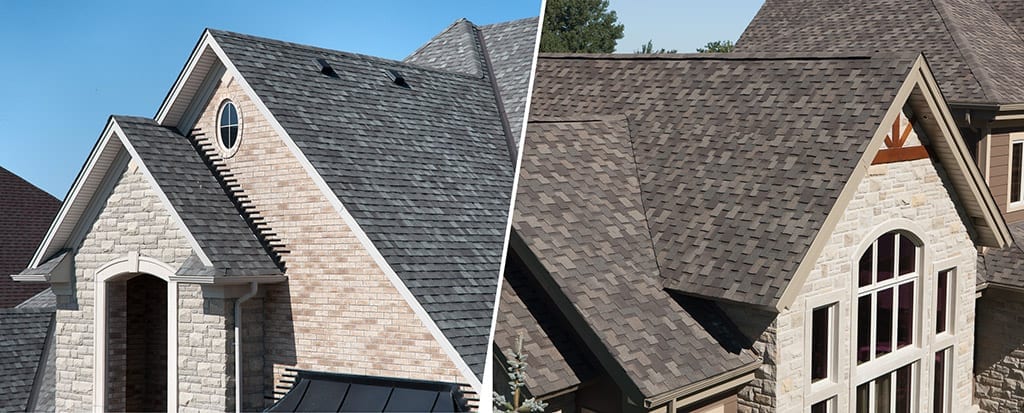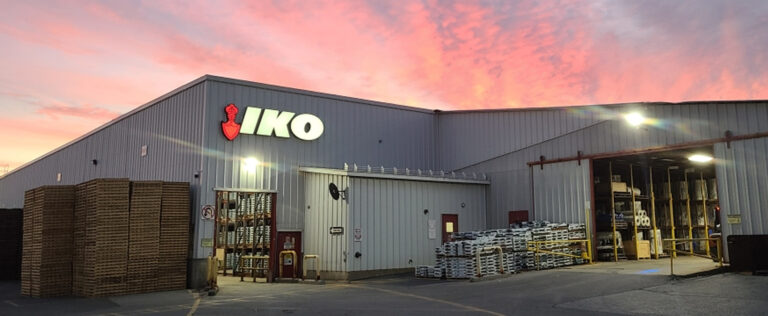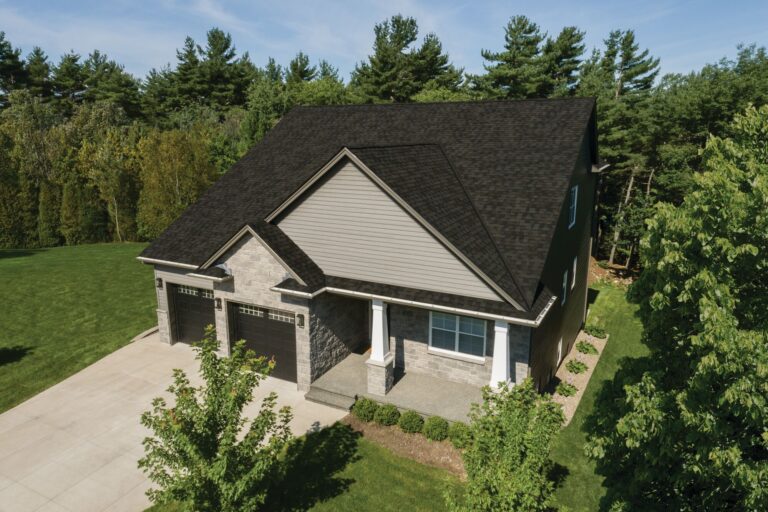An Open or Closed Case for Roofing Valleys?
Table of Contents
- Shingle Roof Valley Types: Quick Reference Chart
- Shingle Roof Valley Types
- Which Type of Roof Valley is Recommended?
- When Should Your Roof Valley be Repaired?
- Roof Valley Flashing Materials
- Roof Valley Flashing Profile
- Keeping Your Roof Valley in Good Condition
- Why Focus on Your Roof’s Valley?
NOTE: IKO recommends open metal valleys for best roof performance. All other valley types are not covered by IKO’s limited warranty.
A roof valley is a spot where two roof surfaces meet. Each roof plane has a layer of shingles that need to smoothly intersect at the valley, even though they are laid at slightly different angles. Over the years, roofers and manufacturers have come up with a few different ways to install the valley and merge those two roof planes together.
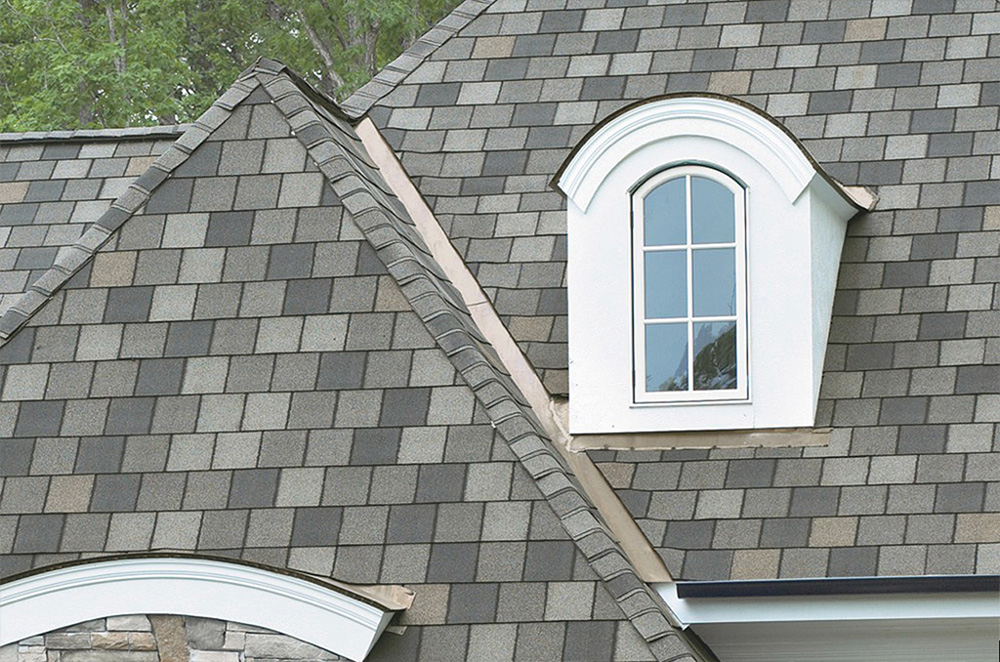
The roof valley is a challenging part of the roof to install. The water from both roof planes is channeled into the valley, so it carries the most water. Therefore, the roof valley will see the most wear and is the second most likely spot on a roof to develop a leak. Manufacturers may require you to have a certain roof valley type in order to be covered by their limited warranty. So, your choice of roof valley installation method is critical to maintain your warranty and get the best longevity from your roof.
There are three main types of roof valleys: woven roof valley, closed roof valley and open roof valley. There’s also a subtype of open metal valley, called a California valley. Each type has its own benefits and drawbacks. We’ve compiled a quick chart that will help you understand the fundamental differences between them.
After the chart, we’ll go into detail about each type of roof valley, how to keep your valley well-maintained and what your options are if you need roof valley repair.
Shingle Roof Valley Types: Quick Reference Chart
| Type of Valley | Performance | Cost of Installation | Aesthetics |
|---|---|---|---|
| Woven Roof Valley | Poor performance, not recommended | Low Cost | Woven valleys may have bumps. It’s harder to achieve a woven valley with laminated shingles. |
| Closed-Cut Roof Valley | Fair performance, not recommended | Low Cost | Closed-cut valleys have a straight cut down a few inches from the center. Most homeowners like this look. |
| California Roof Valley (Open Metal Variant) | Best suited to steep roofs from 6:12 and up, may not meet building codes in some areas | Low Cost | California roof valleys are generally only used with conventional laminate shingles. |
| Open Metal Roof Valley | Best performance, recommended | Higher Cost | Open roof valleys have metal liners down the center. Most homeowners like this look. |
Shingle Roof Valley Types
1. Woven Roof Valley
In a woven valley, shingles are woven together through the valley. The roofing professional installs shingles on both planes at once. When they reach the valley, they weave the shingles from each plane together, without having to cut them.
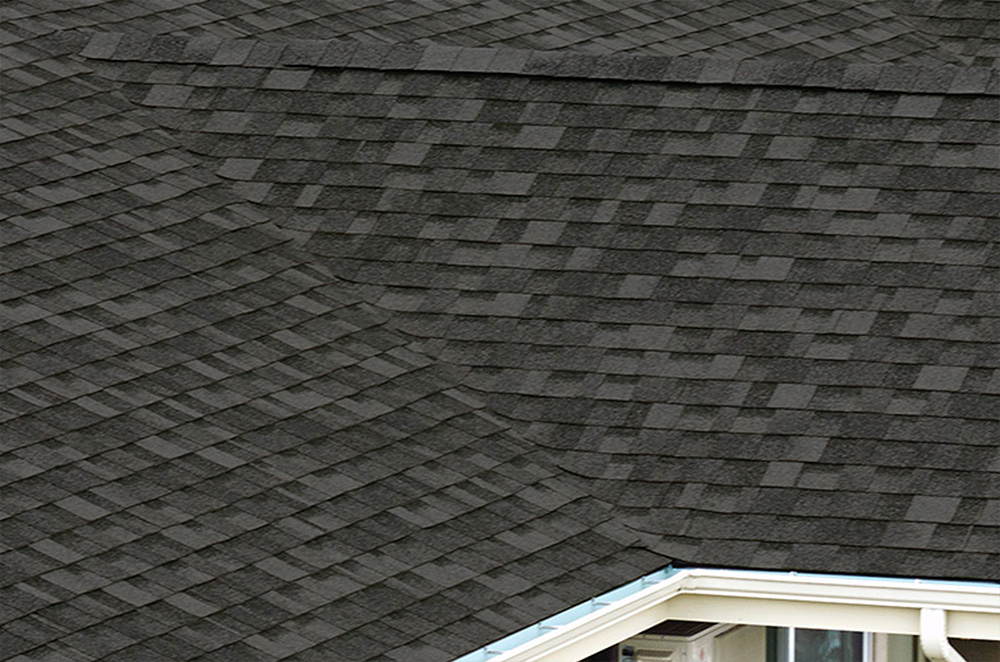
A woven valley creates a continuous look. However, it is a challenge to precisely place the weave in the middle of the valley.
Woven valleys are challenging to install with laminate shingles, which are stiffer and thicker than 3-tab shingles. They likely will not bend enough to be woven in neatly, especially not in cooler climates. Because of this, woven valleys are not recommended by most laminate shingle manufacturers. Having woven valleys installed may void your limited warranty.
Woven valleys also do not save the roofing professional in time or materials over closed-cut valleys. Instead, getting a proper weave could take more time than the simple cut a roofer has to do for a closed-cut valley. As a result, woven valleys are now rarely seen.
2. Closed-Cut Roof Valley
You can identify a closed-cut roof valley by the straight line of cut shingles running down the approximate middle of the valley. To get this look, a roofing professional installs the shingles on one roof plane first. They stop roughly 12 inches past the center of the valley. Then, they install the shingles on the second plane, allowing them to overlap the first layer. Finally, they cut the second layer of shingles in a straight line two inches from the center of the valley. As a result of this installation method, the top layer of shingles overlaps the bottom by a few inches.
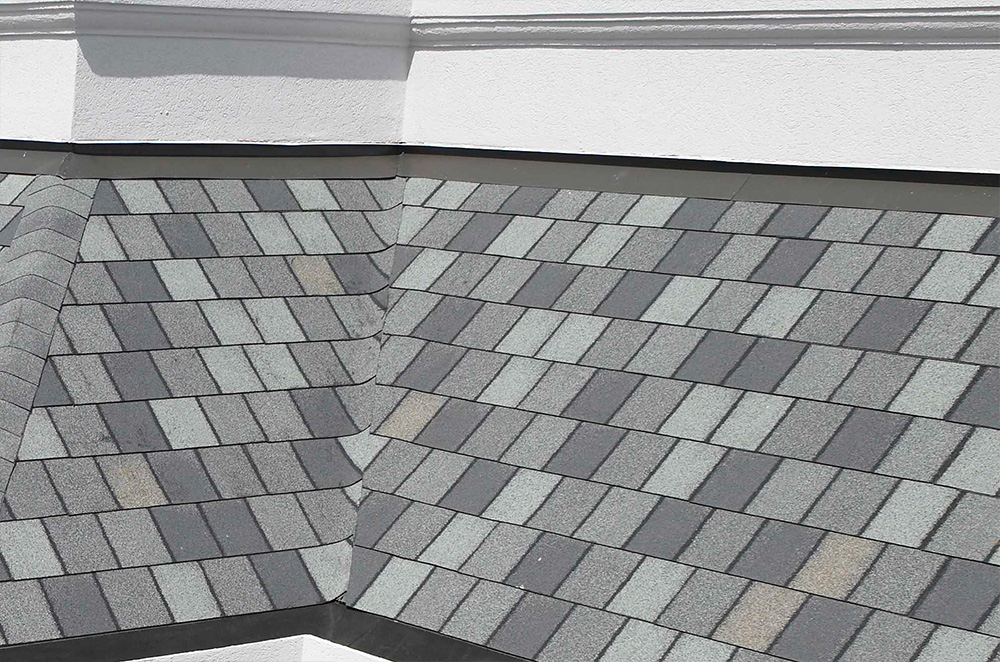
Shingles installed, a closed-cut valley is likely not the best choice. Laminated shingles may be too thick to bend properly into the valley and too thick to sit neatly beneath the second layer of shingles. It’ll also take a roofer longer to cut through the layers of the laminate shingles.
3. California Roof Valley
A California valley is a variant of an open metal roof valley. Some roofers refer to one variant of a closed-cut valley as a “California valley,” but that is not the type we’re discussing today. The California roof valley has metal flashing down the center. It is intended to save roofers even more time, as they don’t have to cut the shingles for this method.
To install an open metal California roof valley, professional roofers install metal flashing, but then apply the shingles next to the flashing on their side, parallel with the valley’s center line. The colored portion of the shingle faces the valley center. This method of valley installation saves time as the shingles do not need to be cut to fit the valley. Only experienced roofers should attempt to install a California roof valley.
The California roof valley performs adequately on steep slope roofs, of 6:12 and up. On steep sloped roofs, water is less likely to travel laterally along the roof. On low slope roofs, water may travel sideways and may get beneath the horizontally laid shingles. Installing a California-style valley may void your limited warranty. It may also violate building codes in your area.
Roofers who look to save time when installing valleys, but who don’t want to sacrifice roof quality, might consider IKO’s Cambridge TM shingles. They are made to “Advantage” size, which means they have a longer shingle exposure. As a result, they cover more of the roof with fewer shingles, which saves roofers time when installing them.
4. Open Roof Valley (With Metal Lining)
An open metal valley avoids the problem of meshing together shingles from two roof planes. Instead, professional roofers install a metal flashing material, ideally galvanized or painted steel, along the valley. They apply the shingles after the flashing and cut the shingles back on both sides so that a portion of the metal remains exposed.
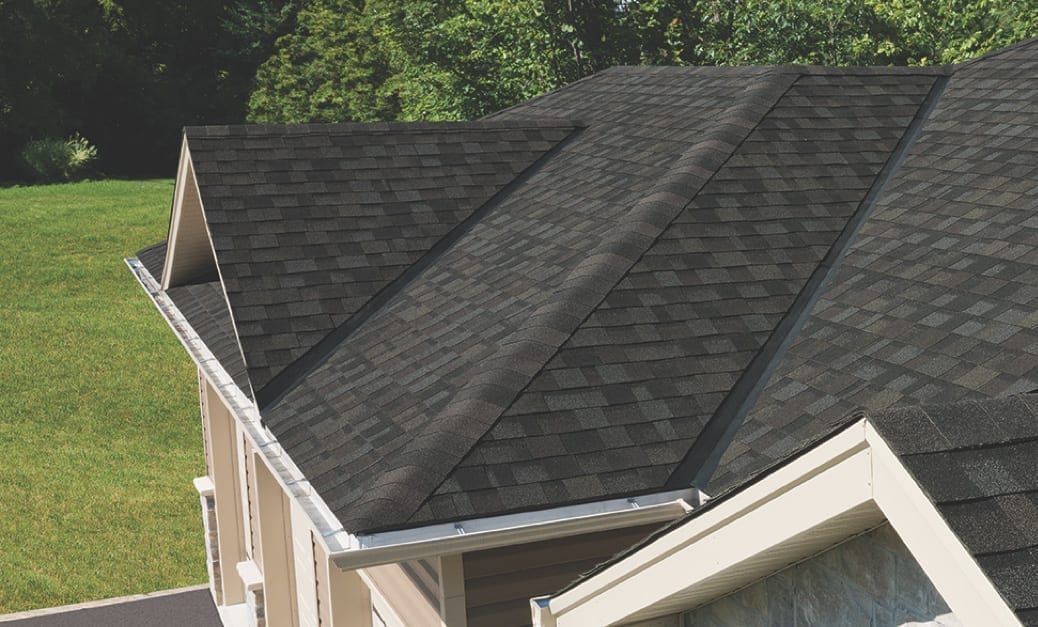
Open metal roof valleys provide great performance, especially when it comes to shedding snow and avoiding debris build-up. They also perform better because they don’t require as much nailing in the valley. Instead, roofers should nail only at the edges of the flashing, which is far enough from the center of the valley to be safe.
Most homeowners also find that they like the look of open metal valleys because they define each roof plane. Especially when combined with dimensional shingles, a roof with open metal valleys will “pop.”
On the other hand, an open metal valley may be more expensive than other installation types. Your roofer will need to choose, buy and bring flashing material to the job. In order to install it, they’ll need to lay chalk lines, cut the flashing, secure the flashing and cut many shingles.
Which Type of Roof Valley is Recommended?
Which type of roof valley do professional contractors and manufacturers recommend you choose for your roof? While closed valleys remain popular, they may not have the longevity that open metal valleys can give you.
Closed valleys have become popular among contractors for their aesthetic qualities as well as the ease and speed of installation. They don’t require additional materials to install or the number of extra steps that an open metal valley requires.
According to longtime IKO Ontario One Step Distribution Manager Jeff Tessaro, closed valleys for residential construction have been popular since he was a roofing contractor in the late 90s. “Residential roofs still tend to favor closed valley systems because they’re more cost-effective, and the contractor already has the needed materials on hand,” Tessaro says. However, he doesn’t recommend them. They may be popular, but they don’t perform.
Tessaro points out that in a closed valley system, ice and water aren’t shed as quickly, and the continuous build-up and channeling of water during storms may result in granule loss. And, while some homeowners may prefer the aesthetics of a closed valley, the heavier and thicker the shingle, the less likely it is to lie flat across a joint.
For an open metal valley, a sheet of metal (usually steel, sometimes copper) is fastened to the roof deck. The metal is usually prepainted to best complement the shingles’ color blend. Roofing shingles are installed, then cut and sealed where they overlap the metal channel.
“Provided the rest of the roofing shingles were properly installed and are performing properly, my experience has been that an open valley system holds up better over time,” Tessaro says. He notes that due to the metal construction of an open metal valley, it may shed ice and water more quickly, which could help minimize granule loss. Installed correctly, it provides a unique aesthetic, especially when using painted or copper coil stock. “And, if problems with roof leaks or other damage occurs years later, an open valley system is often easier to repair or replace,” says Tessaro.
These are reasons why IKO’s application instructions recommend open metal valleys for best performance.
Tessaro says, “Homeowners understand the importance of choosing the right shingles. Color, performance, value and limited warranty are factors they consider, but very few know about open versus closed valley applications. This offers contractors a significant opportunity to educate the homeowner and position the open valley as an upsell option.”
When Should Your Roof Valley be Repaired?
As the valley is such a vulnerable area of the roof, you should respond quickly to any signs that it may not be in the best condition. It’s far more cost-effective, and less of a hassle, to have your roof valley fixed before a leak has developed.
Any of these signs may indicate that it is time to get your roof valley repaired:
- Curled shingles: If you have a closed-cut roof valley, it may have developed curled or raised shingles along the cut edge. Water may penetrate behind these shingles if this issue is not fixed.
- Bumps: Closed-cut, California and woven valleys may develop bumps or an uneven appearance, especially if your roof has laminate shingles. It’s best to get these bumps fixed by getting open metal valleys installed.
- Loose granules: Larger amounts of water running down a closed cut valley can start to erode shingle granules. Unless your roof was just installed, loose granules need to be addressed.
- Leaks below the valley: A roof leak doesn’t always appear directly below the penetration point. However, if you think there’s a leak in your valley allowing water to enter into the attic below, it’s wise to get it checked right away.
- Missing shingles: If your valley pattern doesn’t look quite right, shingles may be missing, and that is always a cause for concern.
Not sure if your roof needs attention? When in doubt, ask a roofing professional for their opinion on the condition of your roof and its valleys. You can find one through IKO’s Roof Contractor Locator.
Roof Valley Flashing Materials
If you’re having new roof valleys installed, either as part of a repair job or as a reroofing job, you’ll need to choose a flashing material. IKO recommends you choose a galvanized metal that is, at a minimum, 28-gauge and 24 inches (610 mm) wide. Your professional roofer will also confirm with the building codes to be sure your chosen flashing material meets the requirements.
Possibilities for flashing material include:
- Steel: If you use steel it must be rust- and corrosion-resistant. Options include galvanized steel, zinc-steel alloys and stainless steel. A lesser-known option is painted terne. To make it, manufacturers apply tin and lead coating onto steel.
- Aluminum: While aluminum flashing does not last as long as other flashing materials, it is cost-effective and flexible enough to get the job done.
- Copper: Copper is a beautiful, traditional roofing material that is also used in flashing other roof components. In an open metal valley, copper will develop a patina. For valley purposes, your roofer can use high-yield copper or cold-rolled copper (high-yield and cold-rolled processing both give copper more favorable characteristics, including increased strength.)
You may also want to consider the color of your roof flashing. Those homeowners who aren’t sold on the exposed look of open metal valleys can match the flashing closely to the color of their shingles so that the flashing is hardly noticeable. Homeowners who like the look of open metal valleys might want to choose something more dramatic, like copper, that contrasts with the color of their shingles. If you’re installing a new roof, consider which flashing colors are available in your area when you choose your shingle color.
Roof Valley Flashing Profile
Valley flashing material also comes in two different shapes or profiles. Most valley flashing is crimped in the center, so it is shaped like a “W.” The center of the “W” acts as a barrier for rainwater.
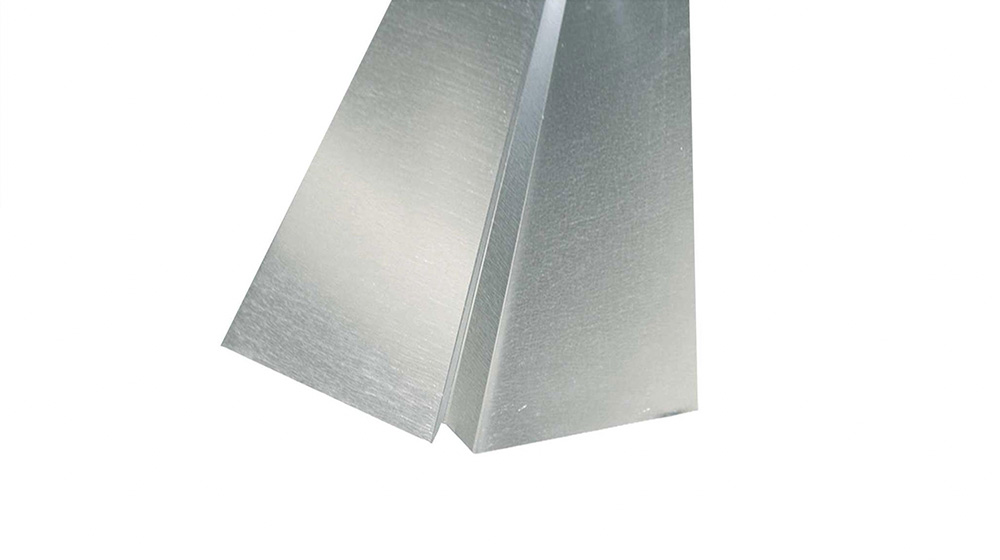
This barrier slows down water as it attempts to cross one side of the flashing to the other. W-flashing is useful when you have roof planes of different slopes, such as when a dormer meets a roof plane. Without the barrier in the flashing, water may rush away from the higher-pitched plane and onto and potentially beneath the shingles on the plane with a lower pitch.
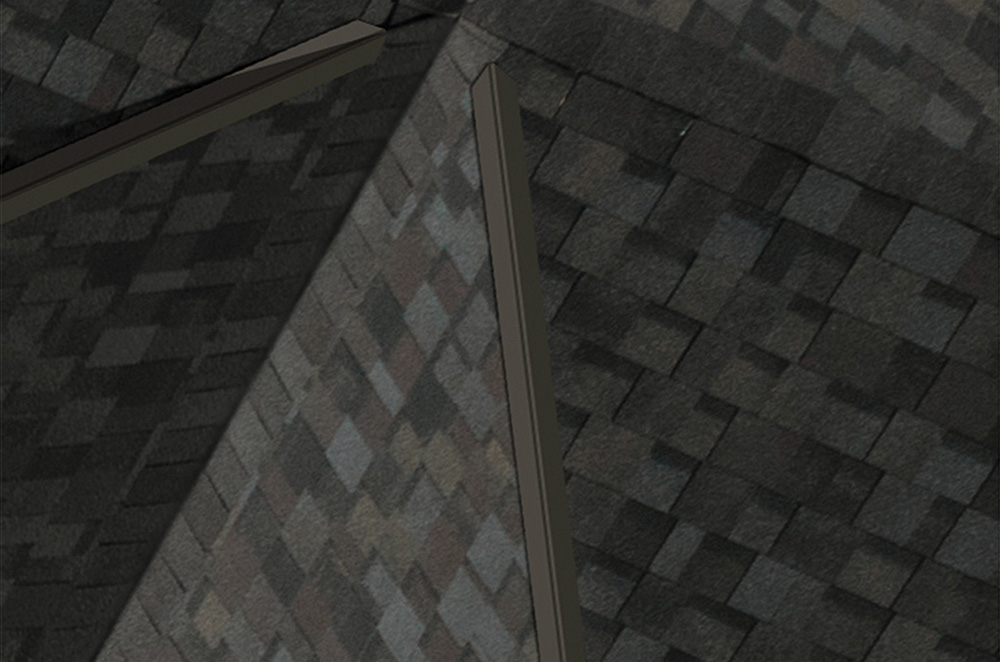
If your roof doesn’t have adjoining roof planes with different pitches, you may be able to use “V”-shaped flashing. This flashing has only one bend, which simply matches the angle of the roof valley beneath it.
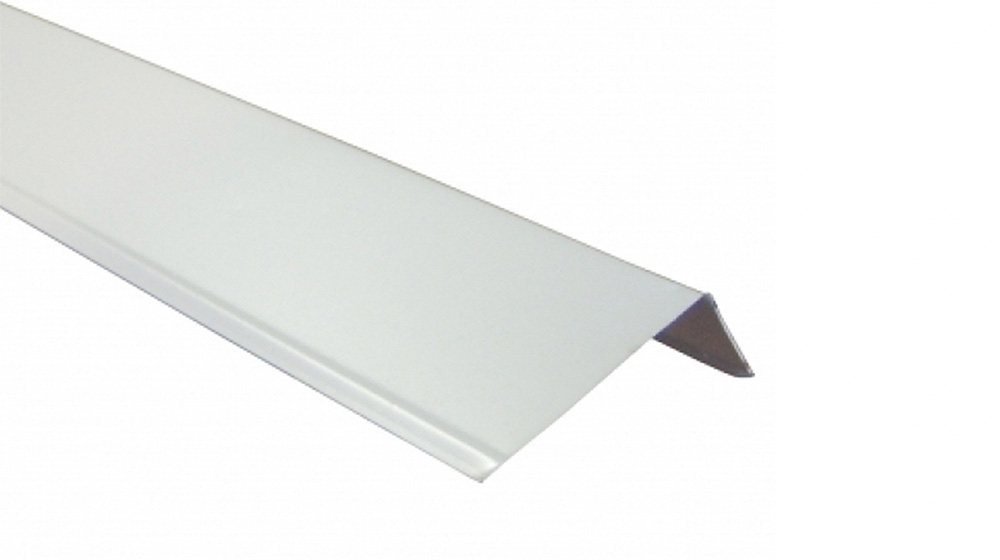
Once you have your flashing materials selected, your roofer can get to work. If you wish, you can learn about open valley shingle installation so that you understand what your roofer should do.
Keeping Your Roof Valley in Good Condition
Once you have your roof valleys repaired or installed, there are a few things you can do to make sure they stay in good condition.
- Prevent ice dams: Ice dams commonly form in roof valleys. All roof valleys should have a layer of ice and water protector beneath the flashing or shingles for protection. In valleys, this layer has to be a minimum of 2-feet wide, though roofers may end up using a full-sized 36-inch roll. Your building code may require it to be wider. Further, open metal valleys tend to shed ice faster than other valley types.
However, homeowners should still minimize ice dams in the valley when possible. The number one cause of ice dams is actually improper attic insulation, not a problem with the roof itself. To prevent ice dams, you’ll need to talk to a roofer about your attic insulation options. If your insulation is in order, they may have other solutions to help you prevent ice dams in the valley and elsewhere. - Remove debris: Leaves, tree branches and other debris tends to collect in the roof valleys. Debris can interrupt the flow of water from your roof, encourage algae and mold growth, as well as increase the likelihood of an ice dam. It is important to remove debris from your roof regularly when cleaning out your gutters. Open metal valleys typically shed debris faster than other valley types, which is why they are strongly recommended for lower-pitched roofs, which tend to collect debris.
Need a roof maintenance refresher? Read up on IKO’s tips to maintain asphalt shingle roofs so that you can keep your roof valleys, and the rest of your roof, in good working order.
Why Focus on Your Roof’s Valleys?
Valleys are a critical part of a roof because they see the most water flow. Ensuring that you have the best-performing type of roof valley installed will help give your roof the longest life possible.
To recap, California valleys and woven valleys may limit the life span of your roof valley. They could even void your limited warranty. When it comes to the question of open metal valley vs. closed valley roofs, IKO’s roofing experts believe that open metal valleys are the better performer. This roof upgrade to an open metal valley gives your roof better resistance to water penetration. Plus, open metal valleys shed debris, snow and ice faster than any roof valley type that uses shingles in the valley.
If you want to get the longest life and best performance from your roof, check out IKO’s Roofing 101 guides. We offer straightforward explanations of roofing basics to help you be more informed about how your roof should look and function.
